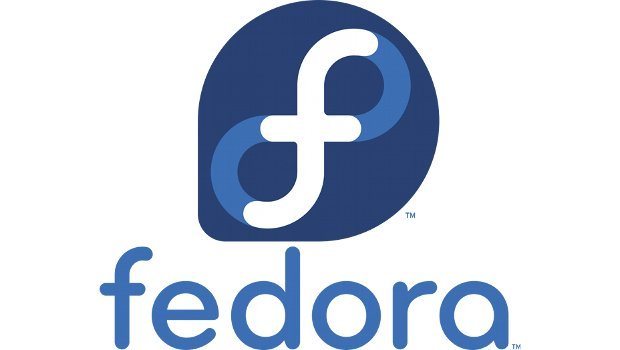During my occasional dystro-hopping, I had the opportunity to use Fedora after a long time with the new Gnome 40 version. Finely tuned operating system, with great support. It is often called the Red Hat test site, which is true. The community presented it with great enthusiasm, so I told myself to give it a go and that’s how Fedora found herself on my machine.

It has been several months since the release of the new version of Fedora. And a little less than when I installed and used it. I speak in the past tense because I left it a long time ago. I sounded optimistic in the announcement, but the title still has the other part, so the explanation for that will come next.
So, Fedora and the installation itself are extremely easy. So called “on-click”. Of course, it is possible to install from the console, but I don’t know its ecosystem the best, so I stuck to the easier way. What she brought was a new version of the Gnome environment. They were the first in the Linux world to use it as the default environment for their flagship spin.
Another novelty is a little deeper. It’s about the default file system used. It is btrfs that many other distributions do not consider stable enough to switch to its use. Speaking of stability, I did not have any problems using it.
What I personally tried for the first time on Fedora is the use of zram – a block device with a high degree of compression placed in the memory (roughly explained). In theory, it should run faster than a swap partition on a classic hard drive. You just need to have enough RAM.
The existence of Fedora on my machine lasted for a short time 🙂 What I didn’t like about Fedora is maybe the transition to the brtfs file system. I don’t think it’s time for something like that yet, and I would add that I don’t need what btrfs offers. I have the impression that it is somehow more oriented towards server machines.
You can imagine claustrophobia when a longtime KDE Plasma user switches to a GNOME environment. The feeling of suffocation is more pronounced than driving in a crowded bus without air conditioning and open windows. I think this is a picturesque enough illustration Gnome devs want to have as stable a system as possible because additional and unnecessary options cause instability and of course it is harder to maintain it. I agree that it is harder to maintain, but to cancel the option that the user can set any wallpaper other than the one offered is not quite right. Somehow it doesn’t go with the philosophy of GNU / Linux and free software in general.

The policy that says “if you need it, program it yourself” is a bit cheeky and rude. So in GNOME 40 there is no default system cassette, panel with icons. You have to add it all through the add-on app. Many of the add-ons that exist on older versions have not yet been adapted for GNOME 40. Classic (if I may call it that) workflow is not possible with GNOME.
Their package manager – dnf – is unprecedentedly slow. Even with the additional configuration that speed up its work, can not come near to e.g. Pacman.
I also have to admit that the post installation scripts are at a much higher level than on Arch or Manjaro. For that fact, Fedora has a big plus.
The only thing I continued to use on other distributions was Zram. I mean Arch and Manjaro. For now, their ecosystem suits me better.
Fedora as such is not a bad operating system. Simply, some little things that bother me personally make the acceptance process difficult, and in the long run, the Gnomes’ approach totally rejects me. Who can digest Gnome and some other little things that are passed through the whole of Fedora, will surely like it and will be a permanent variant as a choice of operating system. Maybe it will happen to me, if I get fed up with Arch, who would know 🙂